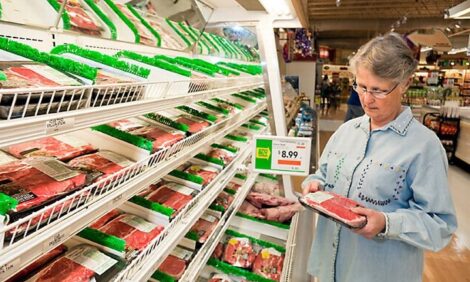



Want better biosecurity? Start with your pig trailers
Improving transportation biosecurity may be the last frontier the swine industry needs to conquer to help prevent the spread of infectious diseases.Butch Baker, DVM, pointed out the spread of porcine circovirus type 2 was transport-related, and for years it’s been known that porcine reproductive and respiratory syndrome virus was likely transmitted in dirty trucks.
A big concern is the threat of foreign animal disease, especially foot-and-mouth disease, Baker told Pig Health Today. If the disease comes to the US, transportation will be the weak link in the swine industry’s biosecurity chain.
A major obstacle is the design of transport trailers. Although cleaning and disinfection — especially with heated drying — can eliminate pathogens, the design of trailers makes the process difficult, time consuming and costly. That’s why trailers are often simply scraped out instead of thoroughly cleaned and disinfected in between loads, he explained. Nevertheless, it’s the only option available until someone comes up with a viable solution, said Baker, formerly of Iowa State University and now a swine consultant.
Use of a truck wash, where a truck-wash employee instead of the trailer driver cleans the truck, is an option to consider, he said.
It is known that unloading pigs from the side of trailers can help reduce the spread of pathogens. The driver doesn’t have to walk in and out of the trailer— the pigs just walk off, Baker noted.
Full interview (14:19)
Part 1: What can be done to improve truck sanitation (2:13)
Part 2: The future of pig transportation (4:01)
Part 3: Biosecurity: There’s always room for improvement (2:44)
Part 4: Multi-site production presents challenges (2:14)
Part 5: New ideas for biosecurity (3:55)









